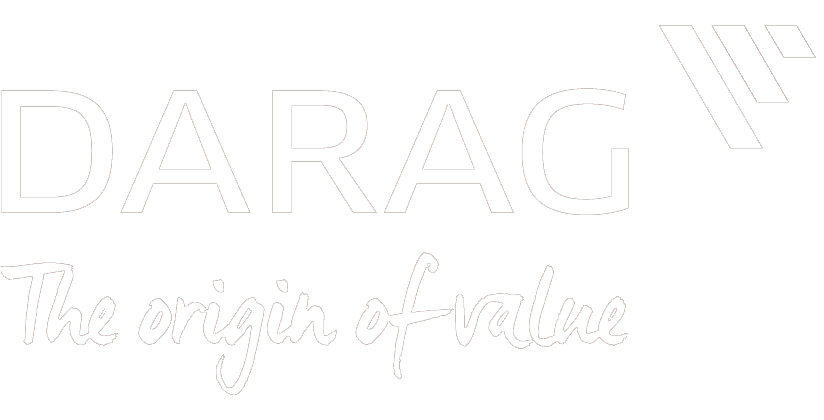Often data is the key to understanding a situation, but only if that data is converted into insight.
Often people in data-driven roles will report information without giving those in different departments in business the insight to ‘de-code’ it and make it useful. This can be costly for an organisation, but it also means that those teams don’t benefit from the credibility, reputation and often the seat at the table that they deserve.
This practical session encourages them to look beyond the data and give clear updates.
Learning objectives
- Understand your role in providing insight
- Be confident in providing insights in a variety of situations including reports and meetings
- Understand how to turn insights into action by making recommendations and advising
- Have strategies for providing information in a way that others can digest
Webinar outline
Designed as a highly interactive 90-minute webinar.
1. Welcome, agenda, overview
- What do we mean by ‘insight’?
- Facilitated discussion to draw out the importance of going beyond the detail to provide information people can act on
- Objectives, agenda
2. Defining the need
- Being able to provide insight means understanding what is useful to the other person
- Considering their role and objectives
- For example, if you work in a marketing role you may be able to provide helpful insight to the sales team on the most popular products or services people visit, or clear user profiles
- Participants consider some of their key stakeholders and their priorities
3. Providing insight
- Understanding what insight is and what it isn’t
- How providing information to help others in your position is an important part of your role and of business success
- Practical activities to explore options for going beyond the figures using scenario examples
- Creating a commentary, providing updates in meetings
4. Structuring information
- Sometimes the data is useful for telling the story, but for some people their brains ‘shut down’ when they’re presented with a sheet of figures
- Using a clear structure and graphs/diagrams to make the information easier to digest
- Participants work through data examples which are shown presented in various formats
- Feedback from the group on what works and what doesn’t – some may only work in certain situations
5. Driving action
- Insight comes not just in presenting the commentary alongside data – sometimes using your position with an overview of the situation that they may not have gives you enough information to make recommendations or to offer advice
- How to structure recommendations so people take note
- Ensuring your message is clear and not diluted with too much detail
- A volunteer from the group practises using video or microphone with feedback from the group
6. Action plans and next steps
- Participants reflect on their next steps and how they will implement their learning in the workplace
- Each person makes a commitment for what they will do differently in a group whiteboard which can be circulated to participants following the session as a reminder of their actions











